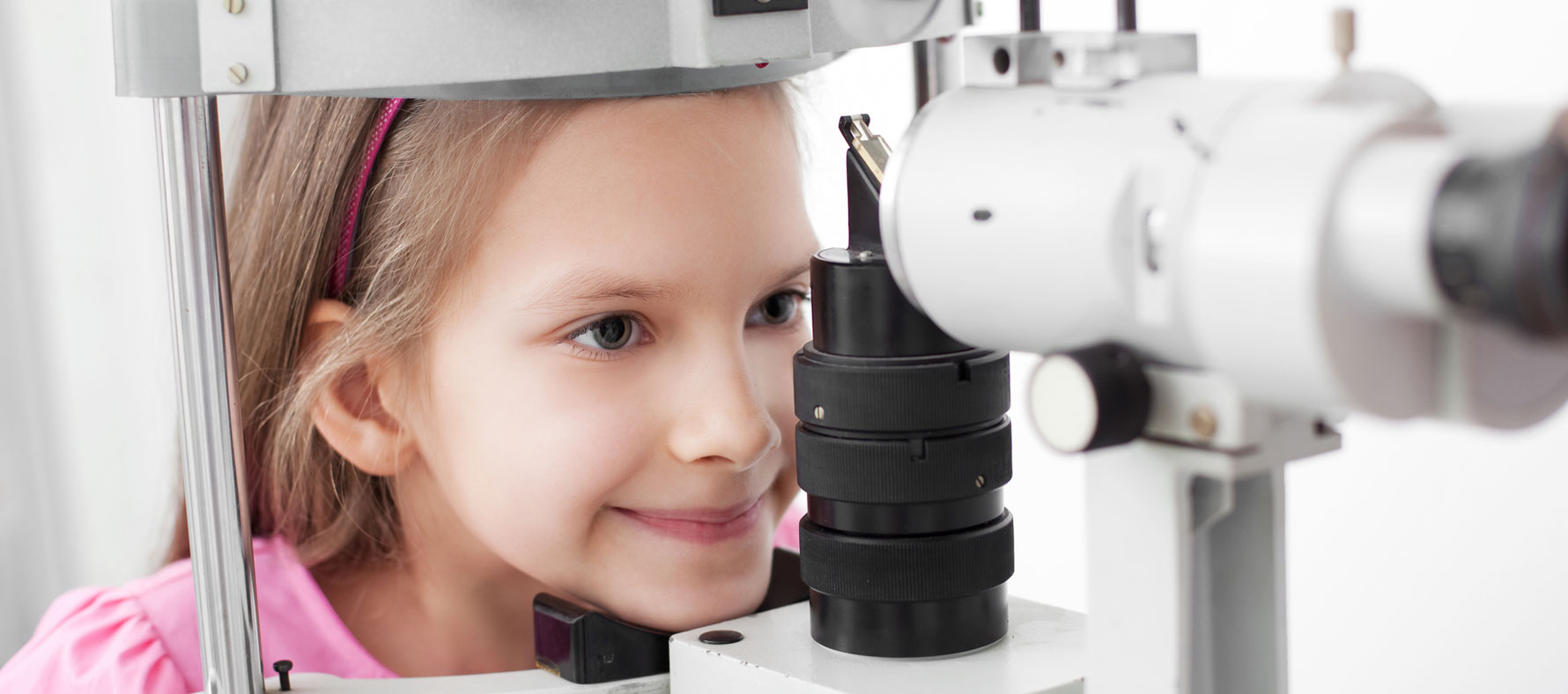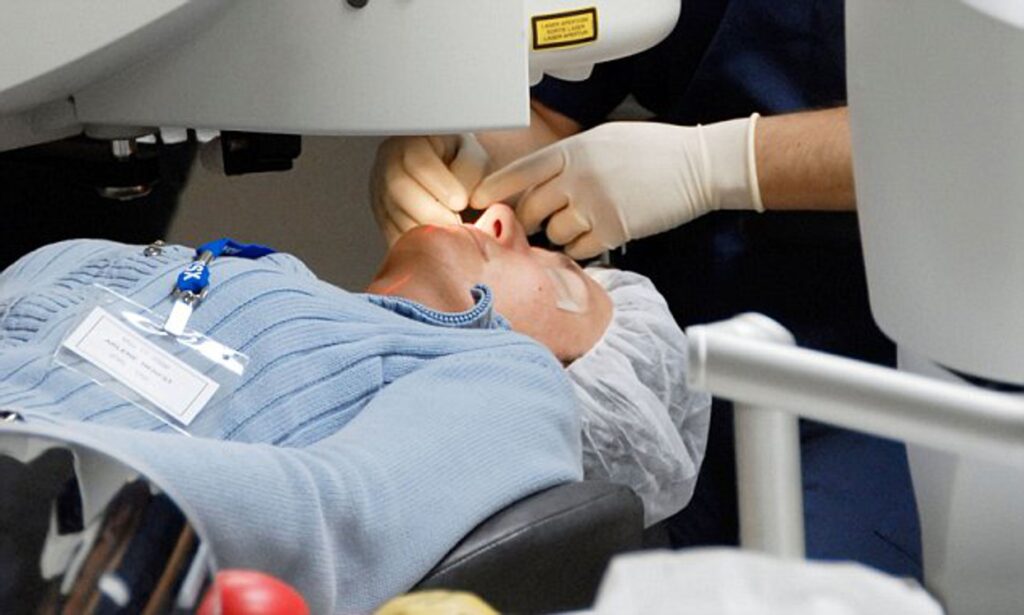Why LASIK Eye Surgery Is Not Safe For Children

Children are liable to develop some eye conditions, but adults are safer. That’s why a pediatric optometrist will ensure your child gets routine care to treat vision issues. Children rarely need surgery to correct their vision impediments, but some disorders may involve surgery as one treatment option.
Refractive errors like nearsightedness, farsightedness, and astigmatism should be treated with glasses or contact lenses first, but in rare instances, a child may need laser surgery like LASIK.
Eye Conditions Impacting Children
Many eye conditions impact vision, typically associated with progressive diseases or ageing. For example, nearsightedness gradually gets more severe as time passes, and cataracts are common in older adults. However, several eye conditions impacting vision begin from childhood or are congenital, meaning the child is born with the disease.
Parents must ensure their children receive regular eye exams to detect and treat vision problems. Problems with children’s eyes can make daily activities and learn harder. In some severe cases, eye conditions can impact learning to read, enjoying outdoor sports, and even making friends.
Optometrists and ophthalmologists advised that babies receive their first comprehensive eye exam at six months old. If your child’s vision is clear, they don’t need another eye exam until they are about three years old. Their subsequent eye examination should be just before they start school, at 5 or 6 years old.
Correcting these can begin at a very tender age if your child’s optometrist detects any underlying vision problems. There are several approaches to treating poor vision, with eyeglasses being the most common solution. In rare cases, a child might need LASIK eye surgery to treat the eye problems.

Some Visual Problems in Children That Require LASIK Eye Surgery
Eye conditions in children are different than those that trouble adults. For example, children do not have refractive errors like farsightedness or nearsightedness until they grow older. However, they are more likely vulnerable to specific congenital issues or defects, which are likely to impact how they understand the world.
Some congenital diseases occur after birth and require special treatment, often surgery. These include:
- Retinoblastoma, a malignant tumour that appears in the first three years of life, can lead to vision loss.
- Infantile cataracts, or congenital cataracts, are a clouding of the lens in a baby’s eye. They may disappear after a couple of years with LASIK eye surgery.
- Congenital glaucoma is high fluid pressure in children’s eyes, leading to unexpected damage to the retina and several other structures in the back of the eyes. Treatment is often surgery and medication to drain the fluid.
- Metabolic eye diseases, like type I diabetes, lead to a higher risk for eye infections, cataracts or other causes of partial or total blindness that may require LASIK surgery later in life.
Are Children Eligible for LASIK?
Ophthalmologists agree that refractive surgeries should be available for patients 18 or older, per U.S. Food and Drug Administration (FDA) guidelines.
Children younger than 18 might not have stable vision because their eyes are still developing and constantly changing in shape. Because the critical part of the success of LASIK is the actual reshaping of the eye, and visual improvements to be gained by LASIK eye surgery in someone so young would be temporary. If a child undergoes LASIK eye surgery to correct problems such as nearsightedness, they will likely need a second operation later.
Alternatives
Some children will require refractive surgery despite the FDA regulations to prevent worsening eyesight. In such cases, surgeons prefer non-LASIK techniques such as surface ablation because laser surgery involves cutting the cornea.
Children tend to rub their eyes more than adults when playing, walking and talking. Doing so after a refractive surgery can wipe out the flap created during LASIK, rendering the procedure unproductive.
Children with severe refractive problems who are good candidates for refractive surgery can undergo either LASEK or PRK treatment to produce better-quality and stable vision. LASEK combines aspects of LASIK and PRK and thereby eliminating the haze problem the surgery may cause.
Other alternatives for adjusting refractive errors include eyeglasses and contact lenses —listing the most common approaches employed in children.

Best Age for LASIK
For most people, eyes continue to develop until their mid-twenties. Ophthalmologists generally consider someone between the ages of 20 and 40 the ideal age for receiving LASIK eye treatment.
If you are over 18 years and have had a stable prescription for the past year, you qualify for LASIK refractive surgery. Children may not be eligible for LASIK treatment, but there is no definite upper age limit for LASIK.
However, LASIK surgery after age 40 needs brings several other factors into play, including eye conditions such as presbyopia and myopia.
Refractive Errors in Children Only Require Surgery in Special Cases
If you or your family members have childhood eye diseases or congenital conditions, you must let your pediatric optometrist understand the situation. Many eye conditions impacting children’s vision are genetic and correctable when diagnosed early.
In rare cases, children may not wear eyeglasses to correct their refractive errors, so refractive surgery like LASIK and other refractive surgeries may be an option. Two children are undergoing corrective laser surgery for their refractive issues.
- They have bilateral high refractive issues that make seeing without glasses dangerous or very difficult, but you can’t trust them to keep their eyeglasses on.
- They have poor sight or anisometric amblyopia or in their eyes, and conservative approaches to treatment have been unsuccessful.
Most refractive errors aggravate throughout childhood and only begin to slow down or stop changing when the individual is a young adult or middle-aged. Undergoing LASIK eye surgery for a condition like far or nearsightedness doesn’t make sense until the child is 18 or older and their refractive issues are no longer changing.
In rare instances, children may benefit from LASIK eye surgery. Your pediatric optometrist will let you know if LASIK is an option for your child.
Final Thoughts
Detecting and treating eye problems is an integral part of the development of children. Vision is a critical sense when it comes to learning. Poor vision, primarily undiagnosed and untreated, will hinder how well a child can u8ndwertsnding studies.
At six months, a baby’s vision should be as good as an adult’s in; depth perception, colour vision and focus ability. Experts advise that children undergo their first comprehensive eye examination at six months. If the optometrist confirms the vision is good enough, the suggested eye exam should be on the third birthday. Before your child starts school, you should also enrol them for a complete eye exam.
